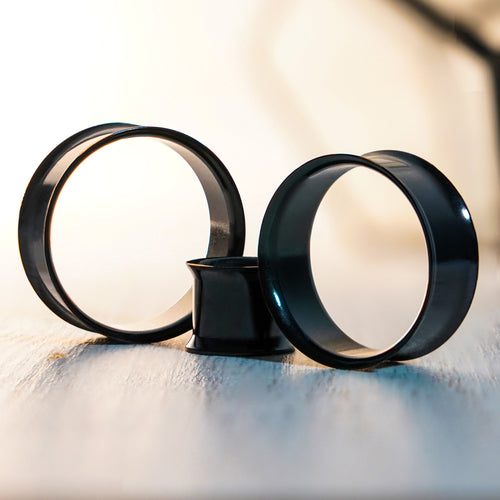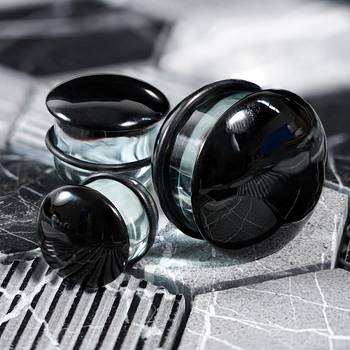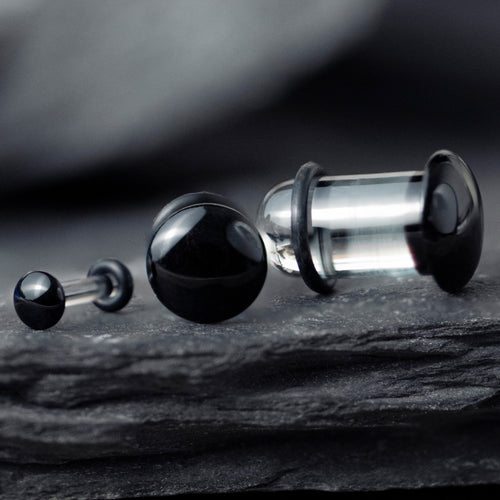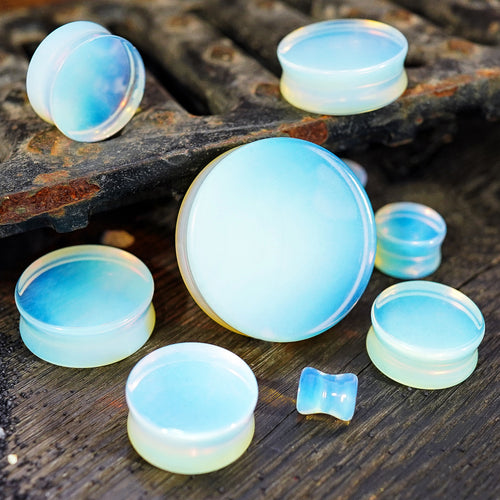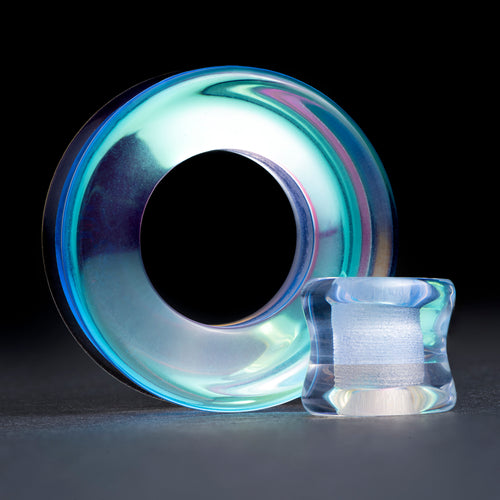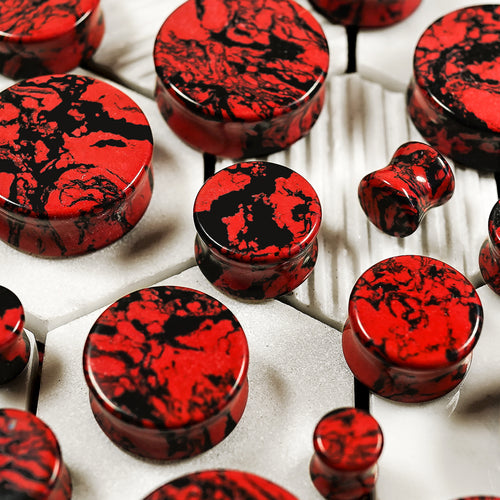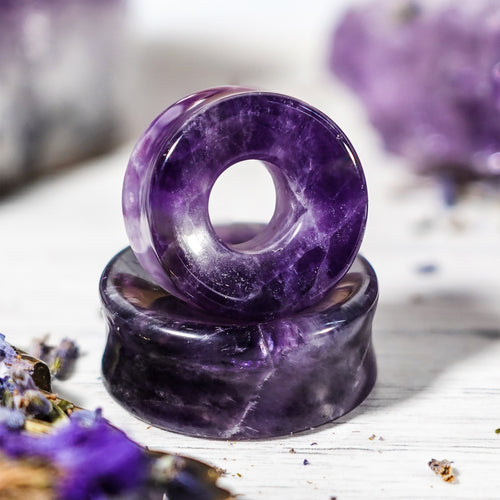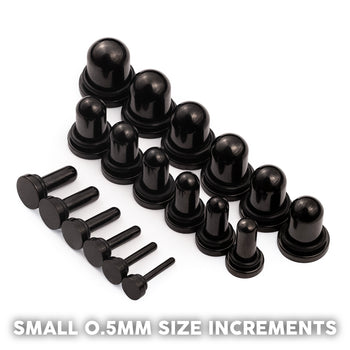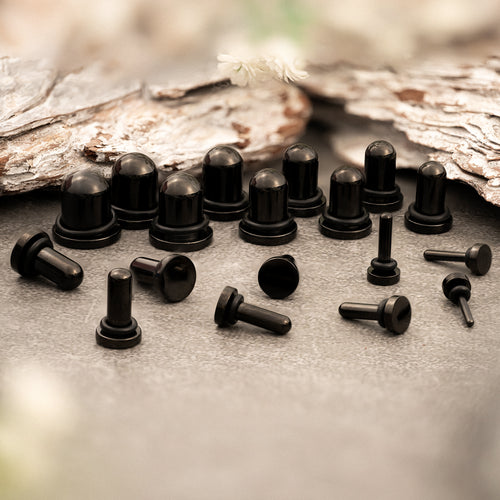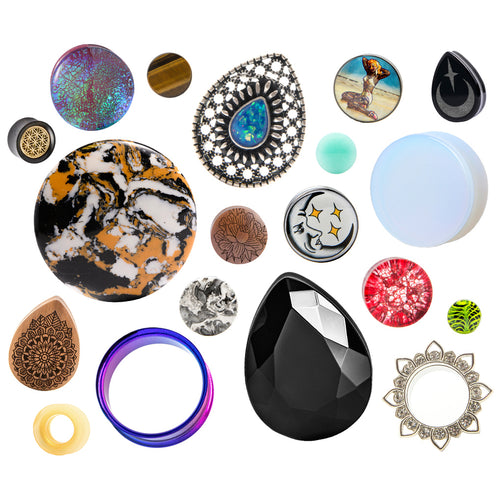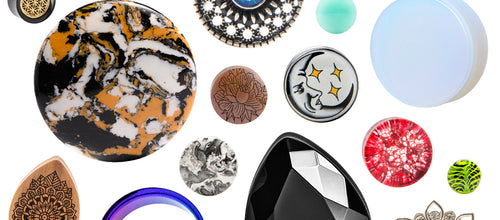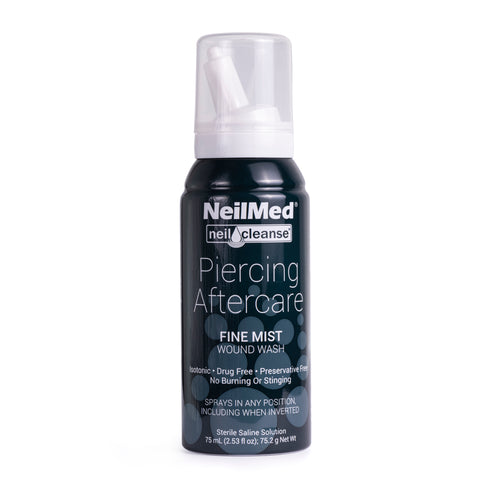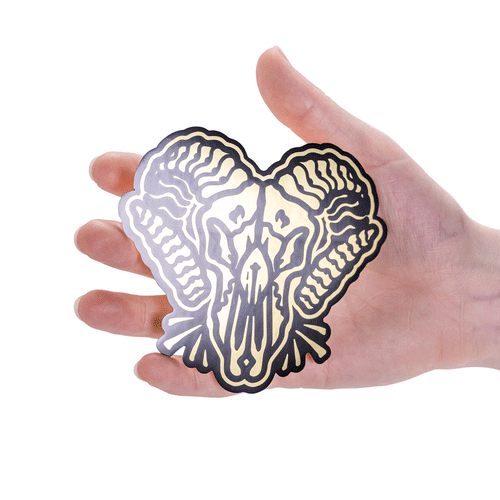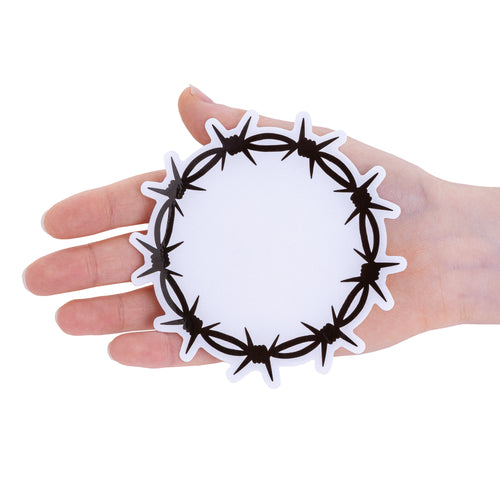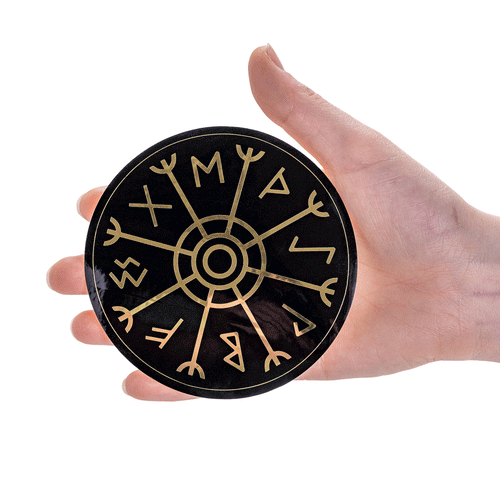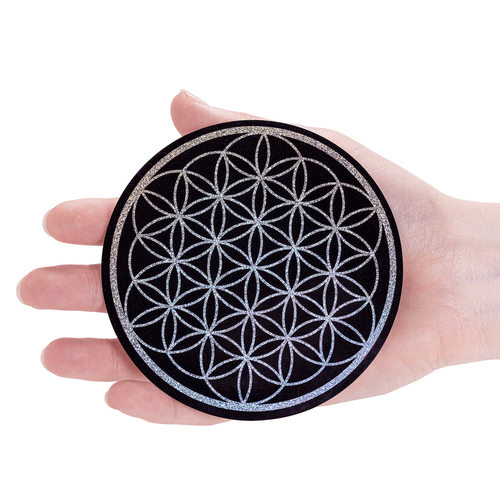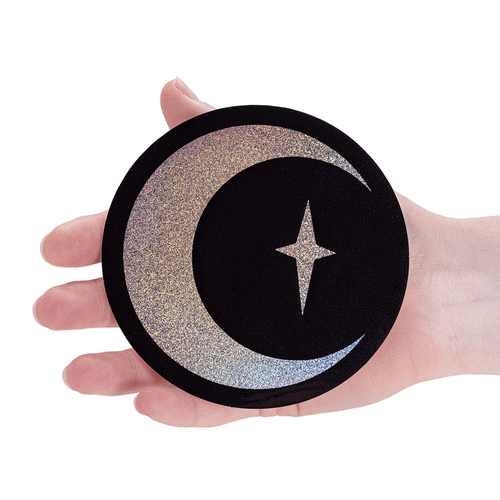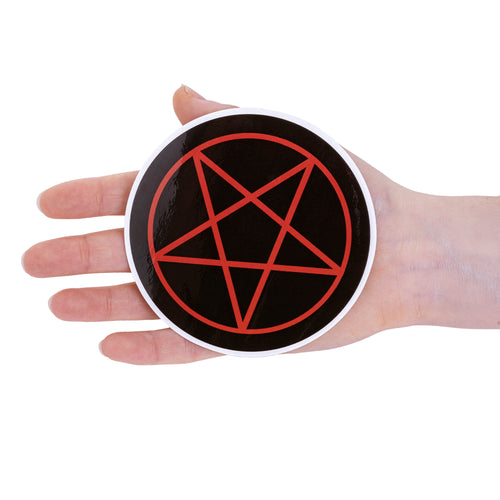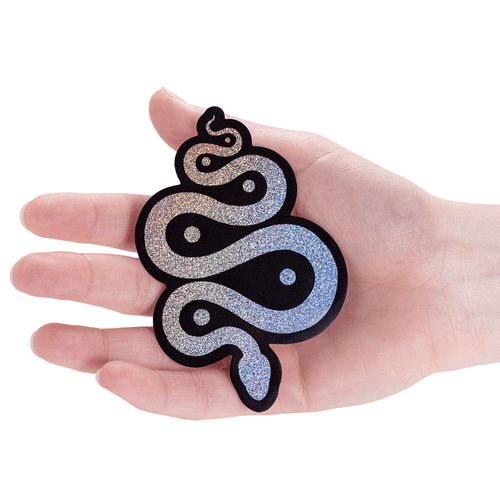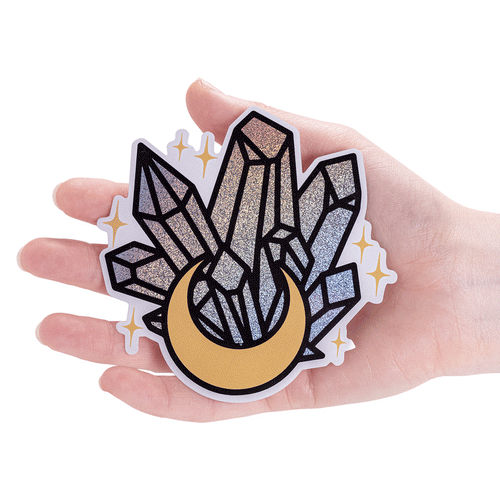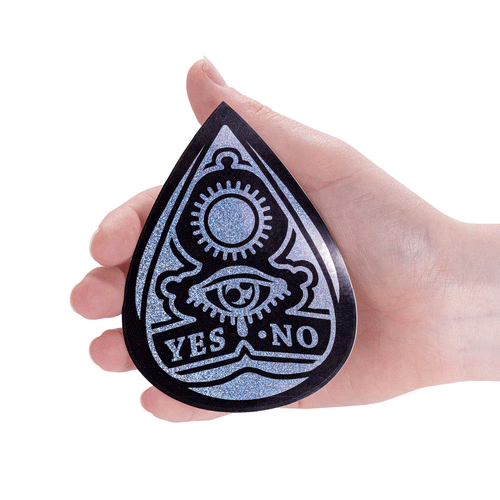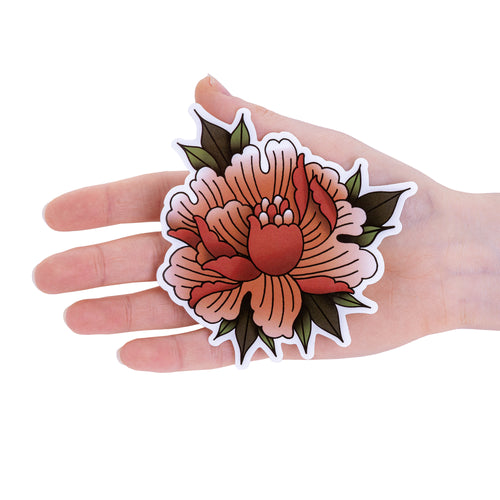
GET SOCIAL WITH US
RECENT ARTICLES
Newsletter
Keep up-to-date with the latest promotions, news and releases!
A Guide to Septum Stretching with Custom Plugs
What is septum stretching?

Septum stretching is the process of stretching the piercing of your septum, a lot like regular ear stretching! In this handy guide, we will cover the two most popular ways to stretch your septum, with a focus on taper stretching. Whatever reason you may have for wanting to stretch your septum, we will teach you how to do it properly and safely!
It's important to note stretching your septum is a lengthy process, and generally takes a lot longer than standard ear stretching, as there is more tissue and cartilage. This also means it is generally more uncomfortable to stretch if you don't take it slow!
Septum Stretching Methods
There are 2 main methods of stretching; the main method is the use of tapers which we will extensively cover in this guide.
However, there is also another method called septum stacking. Septum stacking is done by slowly inserting multiple smaller rings into your nose over time. Insert a ring, wait 3-6 months then insert another ring. Although it takes a long time to wait for the desired size, it is crucial to safely wait longer between stretches due to the cartilage area.
Rinse and repeat until you reach your desired look and size! This stretches out the piercing hole without the need for tapers. This can be compared to dead stretching ear lobes.
Each method will stretch your nose out in a different way. Tapers will leave you with a circular hole, whereas stacking will usually leave a long oval-shaped hole. Be wary of causing a dent in your septum when stretching to larger sizes!
The Septum Stretching Tools To Get Started
Tapers

Tapers are tools that gradually get wider, like a cone! However, septum tapers are shaped a little differently…almost like a typical septum ring. They come in many different materials including metal and glass. Luckily for you, here at Custom Plugs, we stock complete septum stretching kits.
Lubricant

There are a few different lubricants you can use if you don't have access to one of the others. Our personal favourite is Jojoba oil which is also available on our website. However you can use many safe natural lubricants such as coconut oil, olive oil, vitamin E oil, argan oil and many more!
The use of oil is pretty crucial to avoid potential tearing of the skin, plus it makes the entire process way smoother.
Patience
Like we’ve mentioned a couple of times in this guide, stretching, especially your septum, should be a SLOW process! No need to race to your goal size, you’re just asking for a tear or a blowout!
The Septum Stretch Process
- The stretch itself is effortless and straightforward. You should start by making sure everything is clean and sterile before beginning.
- Oil up your taper and nose with a lubricant of your choosing and slowly insert it into your nose.
- Push it through carefully until you feel some resistance, then at a pace you are comfortable with continue to guide the taper further into your nose.
- REMEMBER THIS SHOULDN'T BE PAINFUL - some soreness and discomfort is to be expected.
- The stretch itself could be very fast or very slow depending on your body, remember everyone is different!
- O Rings can be used to keep the taper in place mid-stretch in case you need to take a short break from it and continue later.
- Once you reach the middle of the taper then the stretch is complete. Be sure to put an o-ring on each side to stop it falling out!
- And that’s it, your stretch is all done!
Each stretch should be done in 0.5mm increments to reduce the potential of hurting yourself!
Septum Stretching Healing and Aftercare
There are a variety of different feelings that accompany the stretching process, so it’s good to know what feelings to expect and what feelings to be cautious of.
Some feelings to expect are;
Discomfort
Tightness
Tenderness
Swelling
These sensations should be nothing to worry about as they are expected to an extent. They usually go away after around a week. However, if these feelings are on the severe side, then they could potentially be a sign that you are going too fast, or something has gone wrong.
Some bad and concerning feelings to be aware of are;
Itchiness; this can be a sign of micro-tearing, which means you will have torn your skin slightly while stretching too fast.
Pain and severe discomfort. Some amount of discomfort and soreness is normal, but if at any point it HURTS then it might be an indicator to stop.
If you encounter any of the bad feelings, then it’s best to downsize or take the taper out completely. Don’t risk permanent damage when you can simply let your nose heal, then try again further down the line.
For aftercare, you should treat your stretched septum like any other piercing and follow general piercing aftercare! Make sure to clean it with a sterile saline solution. You can either get some Neilmed piercing aftercare spray, or alternatively boil 250ml of water and add half a teaspoon of salt.

Start Your Septum Stretching Journey Today with Custom Plugs
Shop our complete septum stretching kits today. We even stock lubrication and stretching aftercare to help you with the whole process, from start to finish.



-v1657710003014.jpg?512x640&transform=resize=350)
